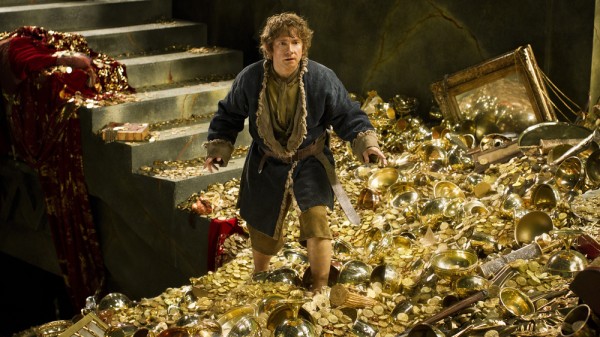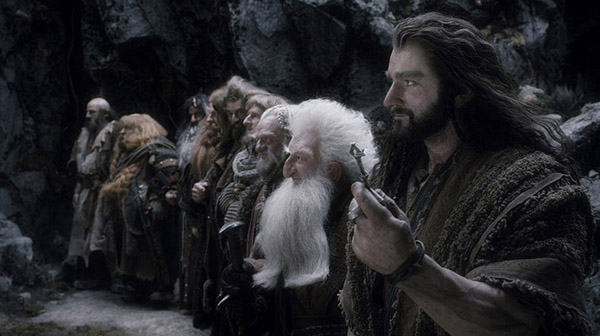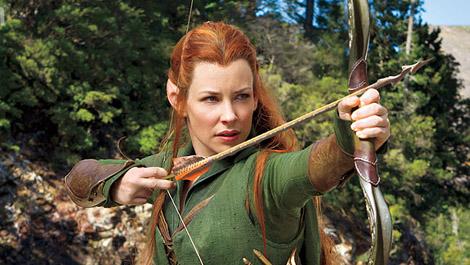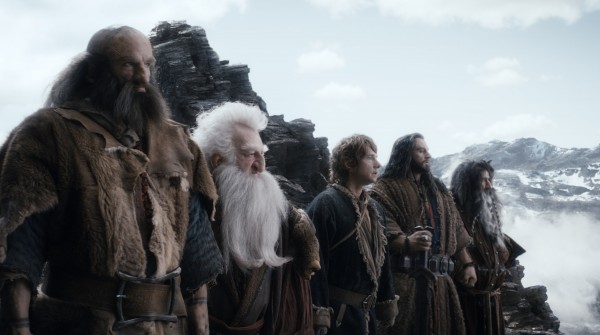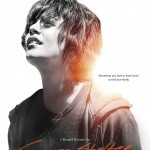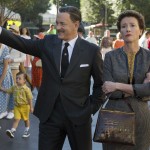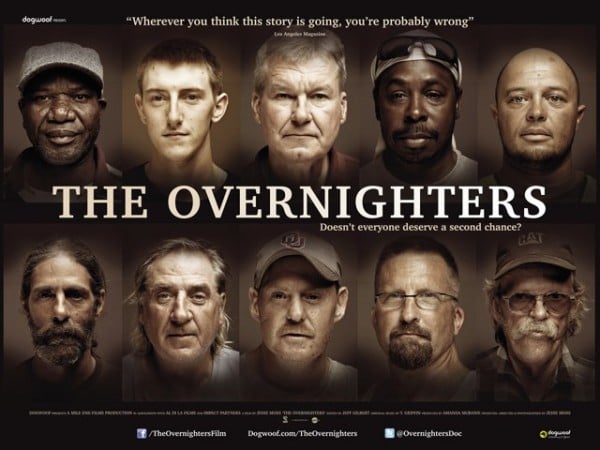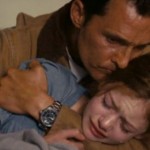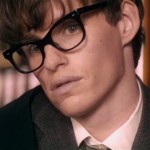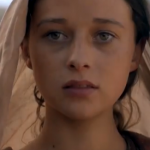Memo to schoolchildren planning on watching Peter Jackson’s Hobbit trilogy in lieu of reading the novel for your book report: Don’t.
First of all, you could read the entire adventure by J.R.R. Tolkien in less time than it would take you to watch The Hobbit: An Unexpected Journey (released last year) and The Hobbit: The Desolation of Smaug (in theaters today). A third and final movie is expected next year, which will put the total runtime for the adaptation of the three hundred page book somewhere around nine hours.
It’s just not good time management.
Secondly, your astute teacher would surely catch your perfidy because director Peter Jackson has inserted characters and story lines into his movie that do not exist between the covers of the book.
Teachers have a way of sniffing those things out.
Herein lies the internal and perhaps fatal flaw in Jackson’s Hobbit adaptations: They’re too long and involved for normal folk, too Hollywoodized for Tolkien fans.
Desolation of Smaug covers roughly the middle third of the book, as the hearty dwarf band and one hobbit continue their quest to recover the dwarves’ lost underground kingdom from the dragon that has conquered it. In this installment, they enter the dark forrest of Mirkwood, tarry with forest elves, escape to a lake town of men, and enter the dragon’s cave.
Turning a three hundred page book into nearly nine hours of movies would normally be a love song to the fans of that book: the elvish tattoos set, who can identify various species of orcs by sword shape, and who know exactly what hobbits eat for breakfast. It’s an immersive experience, built for those who wish they lived in Middle Earth and not Nebraska.
However, there is a significant difference between the Middle Earth of Tolkien’s dark, adult, brooding Lord of the Rings trilogy and the related Middle Earth of lighter, childlike, bouncier The Hobbit. Jackson perfectly captured the desperation, near hopelessness, and ultimate courage of the former, but now misses the playfulness of the latter.
In fact, Desolation of Smaug is such a weird mix of Hobbit, Lord of the Rings, and new material, it’s difficult to see where one ends and the others begin. The main change is the insertion of an orc equivalent of a strike force which shrewdly tracks and attacks the adventurers at each stage of their journey. They’re countered by a sort of elven Navy SEAL duo: Our old-but-younger-because-this-is-a-prequel LOTR friend Leoglas (Orlando Bloom) and his she-warrior pal Tauriel (Evangeline Lily). There is, of course, no warrior princess elf in the notoriously female-shy Oxford don’s original book, but she is a significant part of the movie. It even involves her in a love story.
A love story? In Middle Earth? Tolkien would be shocked and horrified. Those stories are about trekking and fighting and trekking and briefly finding respite and fighting some more and then further trekking. Love is something for hobbits left at home to dabble in between breakfast and elevensies, not part of the adventure.
With all the winks to Lord of the Rings and the new story lines, Jackson loses the tone of his source material. It’s meant to be a tale of adventure, clever wit, and courage of an ordinary hobbit for English children to read by the fire. It comes out onscreen as something closer to a Transformers movie.
That’s not to say it’s a bad movie. It’s just not The Hobbit.
In fact it’s a fun, if forgettable, experience. The pace moves faster than the previous installment, trading interminally singing dwarves for fighting elves. The introduction of human Bard (Luke Evans) brings some nobility and pathos to the proceedings. A few dwarves begin to have character development that stands out from the rest, most notably brave but flawed leader Thorin (Richard Armitage) and young, handsome, brave, and tallish Kili (Aidan Turner). The dragon (voice of Benedict Cumberbatch) is beautiful and convincing in CGI, as are his acres of gold coin. Seen in 3D, it has occasional whiz-bang factor as arrows fly, swords swing, and orc heads fall.
Rated PG-13, the film contains no sexuality or inappropriate language, but plenty of PG-13 level violence. It is not particularly gory, but is persistent. In addition, younger children may be frightened by scenes containing skeletons, mummified dead bodies, and that pesky dragon.
Enjoy the film, by all means.
But, please, read the book. You won’t regret it.

